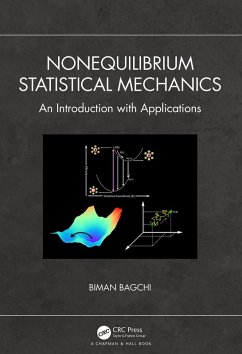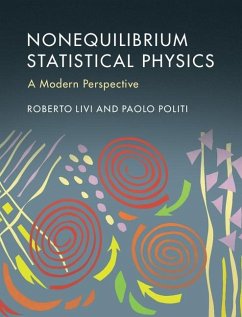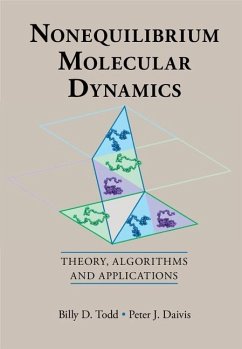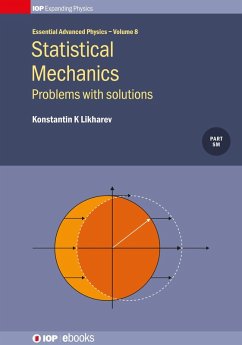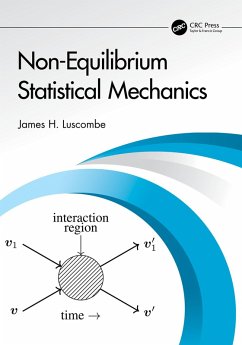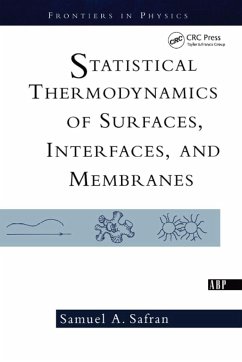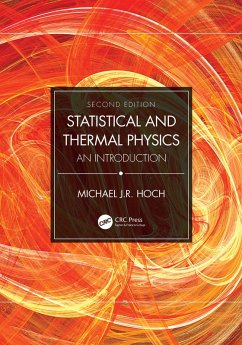
Nonequilibrium Statistical Thermodynamics (eBook, ePUB)

PAYBACK Punkte
9 °P sammeln!
Nonequilibrium Statistical Thermodynamics (eBook, ePUB)
Dieser Download kann aus rechtlichen Gründen nur mit Rechnungsadresse in A, B, BG, CY, CZ, D, DK, EW, E, FIN, F, GR, HR, H, IRL, I, LT, L, LR, M, NL, PL, P, R, S, SLO, SK ausgeliefert werden.




